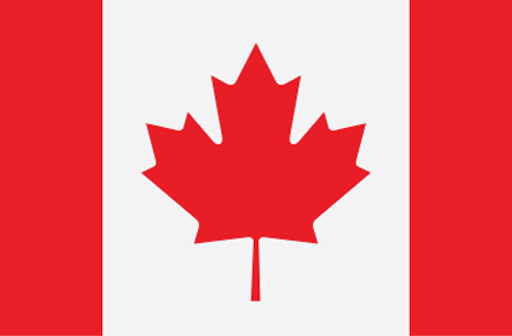The Importance of Having an Earthquake Kit
The Importance of Having an Earthquake Kit
Regardless of where you live, earthquake preparedness is becoming a valuable necessity every year. In recent years, global seismic activity significantly increased over the past decade with major strike areas hitting heavily urbanized areas. In British Columbia, the Cascadia Subduction Zone is a 1,000-kilometre fault line that runs from Vancouver Island to Northern California and has the potential to unleash a devastating magnitude 9.0 earthquake causing billions of dollars worth of damage. Canada experiences over 4,000 earthquakes a year, some of which are never felt. In Western Canada alone there are over 2500 recorded earthquakes. The question, therefore, is not if but when a major earthquake will strike.
Unfortunately, there is no scientific way to accurately predict when an earthquake will strike. The only indicators currently available record the intervals between major earthquakes in affected weather, but these methods are nothing like predicting the weather. Scientists know when a quake is due and when it is overdue to strike. In British Columbia, for instance, the region is long overdue for a mega-thrust earthquake. Although most of us are fortunate to have never experienced the horror of a major earthquake, the possibility still remains a clear and present danger. It's very possible that you may face a seismic disaster within your lifetime.
Let's put this in perspective. Past earthquakes have increased in the size and scale of damage due to the increased effects of urbanization and higher population densities. A large scale quake on the San Andreas fault, for instance, could have the potential to destroy cities from San Diego to San Francisco.
In British Columbia, more than 100 earthquakes of magnitude 5 or greater have occurred during the past 70 years. British Columbia contains major fault lines. For example, the Queen Charlotte Fault (Canada's equivalent of the San Andreas Fault) runs from Northern Vancouver Island to Haida Gwaii while the Cascadia Subduction Zone (West of Vancouver Island, extending from Northern Vancouver Island to Northern California). Both of these regions have contributed to the occurrence of powerful earthquakes.

(Source:
Natural Resources Canada, Earth Sciences Sector, Earthquakes Canada)
The Cascadia Subduction Zone poses a clear danger to residents in Metro Vancouver due to the movement of the smaller oceanic Juan de Fuca plate sliding beneath the North American plate. Currently, geological research indicates that the North American and Juan de Fuca plates are currently locked together, causing strain to build up in the earth's crust. The squeezing of the earth's crust causes the 500 or so smaller earthquakes that are located in Metro Vancouver every year. However, sometime in the near future, the plates will "snap" loose, generating a powerful and huge offshore "subduction" earthquake that could exceed magnitude 9.0. According to geological evidence, huge (magnitude 9) subduction earthquakes have hit the Pacific Northwest every 200-850 years, with the most "recent" one occurring on January 26, 1700.
If a subduction earthquake hits British Columbia, the area will be damaged due to the region's soil composition and limestone bedrock. Cities built around river deltas with a high water table and underlying deep silt and sand strata (ex. Richmond and Delta) will be highly susceptible to a process known as liquefaction, causing significant damage to infrastructure and buildings.

(Source: Fact Sheets Compiled and Distributed by the Institution of Professional Engineers of New Zealand)
It doesn't matter if you live in an urban area among the sea of high rises or in a rural area on a homestead. Seismic activity can and will be a serious threat to you and your family. Preparing for a large scale disaster means you are preparing yourself and your family for everyday emergencies as well, whether you're on the road or at work. Let's go over how you can get started. Even the smallest step to putting together an emergency kit will ensure you and your family will be ready for anything.









Leave a comment